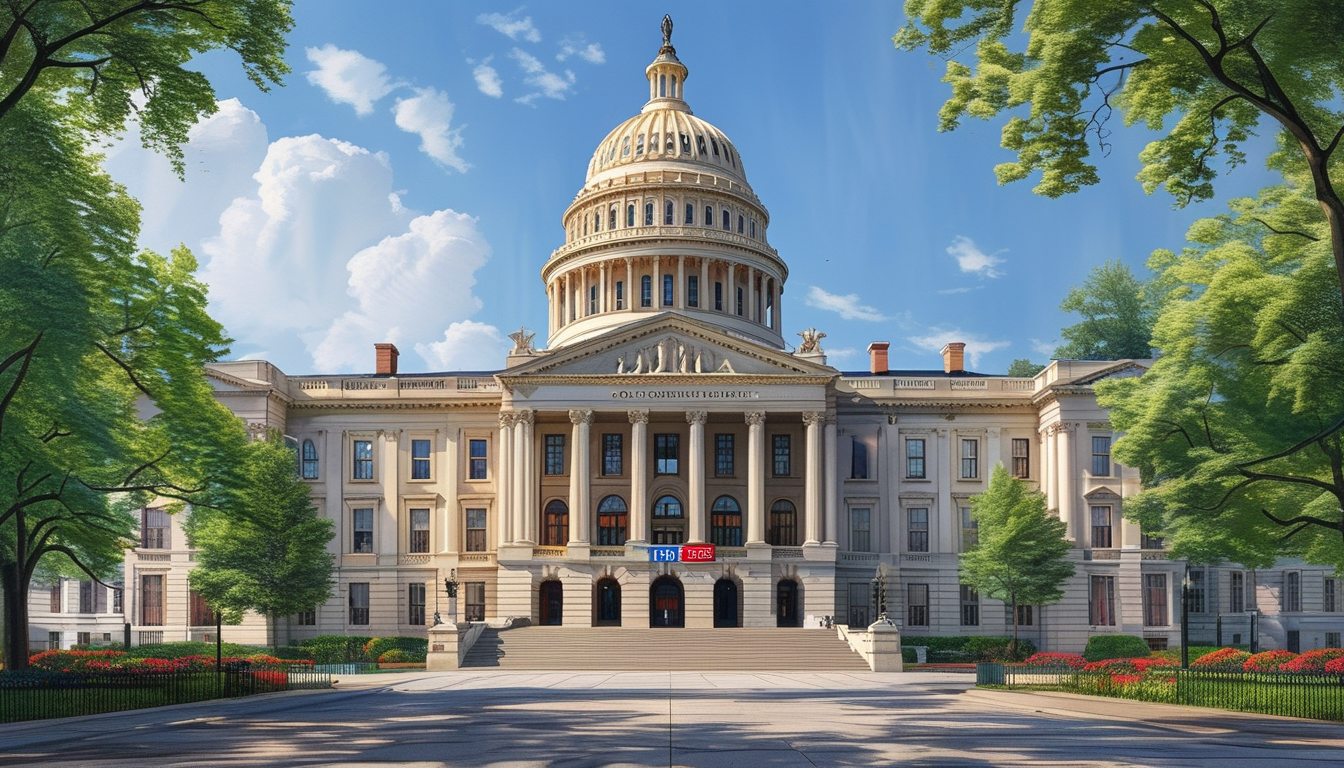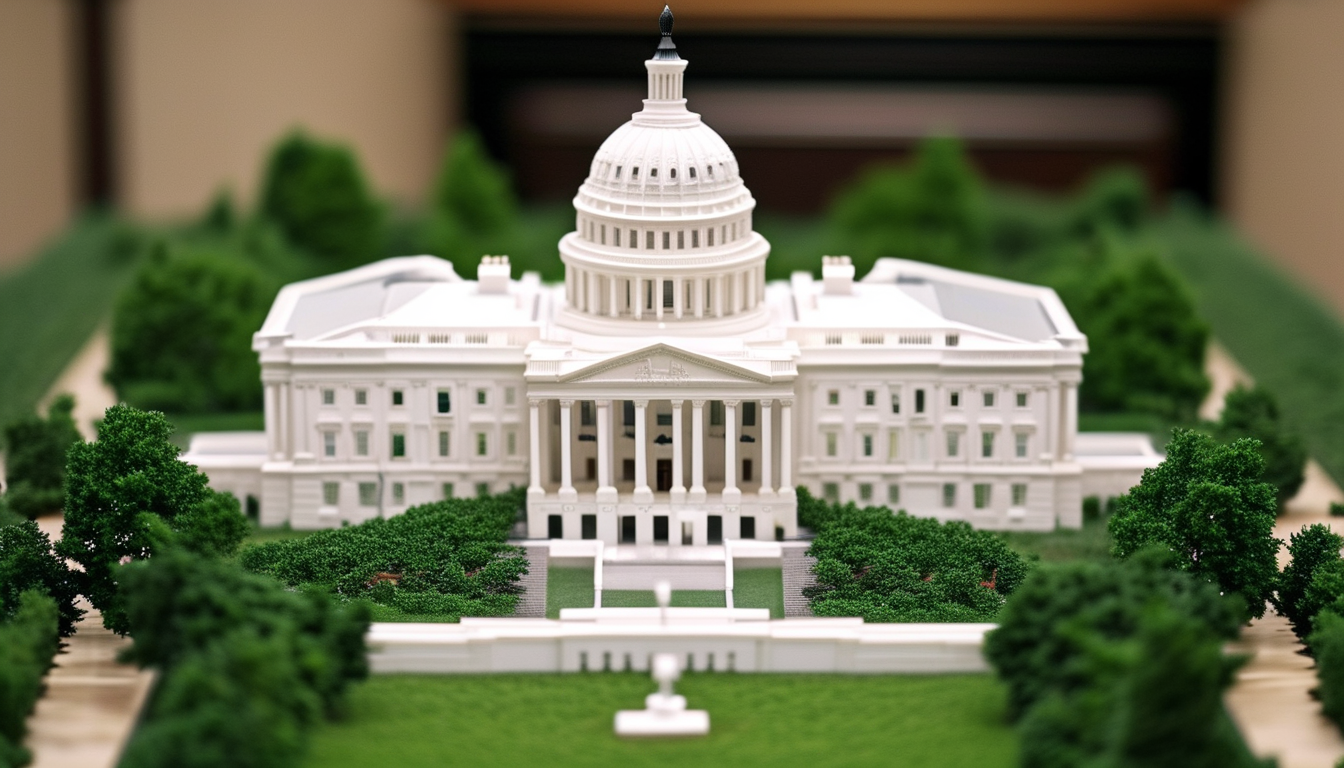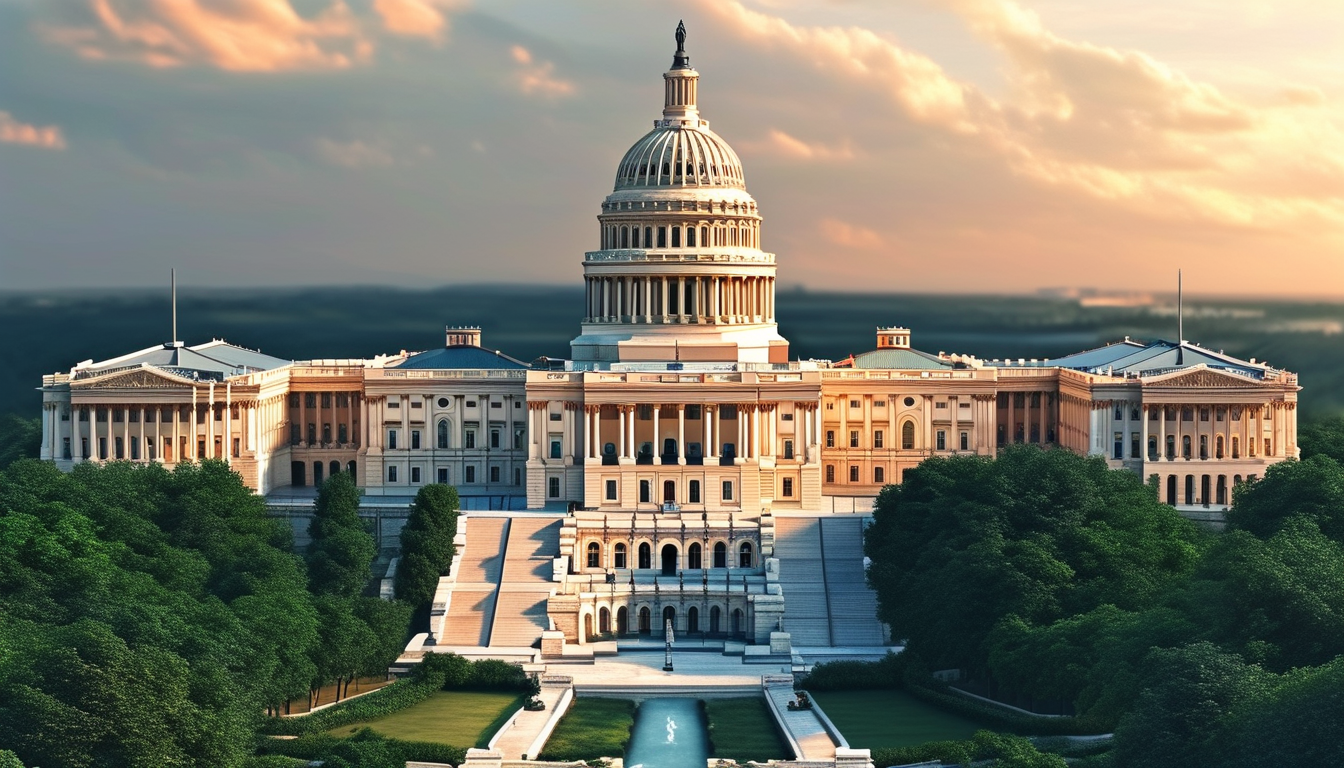Ohio and Virginia moved on separate tracks this week toward updating their congressional district maps, underscoring how state-level processes continue to shape the balance of power in the U.S. House. In Ohio, a state panel advanced its redistricting work, while in Virginia, lawmakers initiated their own effort to refine the boundaries that will govern upcoming elections.
In Ohio, the redistricting process is proceeding through a panel charged with navigating constitutional requirements and public input. The action marks another turn in the state’s long-running effort to settle on stable congressional lines following legal challenges and prior rounds of mapmaking. Officials signaled additional steps ahead, including opportunities for public comment and the possibility of further revisions as draft lines are scrutinized.
Virginia lawmakers, working through the General Assembly’s procedures, also moved forward with a plan to revisit the state’s congressional boundaries. While Virginia’s current districts were put in place after the last redistricting cycle, the legislature’s involvement now reflects continued interest in fine-tuning lines within the limits set by state law and federal protections.
Both states face familiar constraints: constitutional rules governing compactness and contiguity, protections for minority voting strength under federal law, and the political and legal pressures that can follow any proposed map. Public hearings and map releases are expected to draw close attention from voters, advocacy groups, and potential litigants.
The developments in Ohio and Virginia come amid a broader national landscape in which congressional maps have been revised mid-decade in some states due to court orders or legislative actions. Even modest boundary adjustments can influence candidate recruitment, fundraising, and turnout by shifting the partisan complexion of districts or reuniting communities split by earlier lines.
What happens next is largely procedural: draft maps, public feedback, potential revisions, and—depending on the state—gubernatorial review or court oversight. Lawsuits remain a possibility in either state if stakeholders contend that new plans violate constitutional or statutory standards.
With timelines tightening ahead of the next election cycle, both Ohio and Virginia are attempting to position their processes for clarity and legal durability, seeking to avoid last-minute changes that could disrupt candidate filing and voter preparation.












Leave a Reply